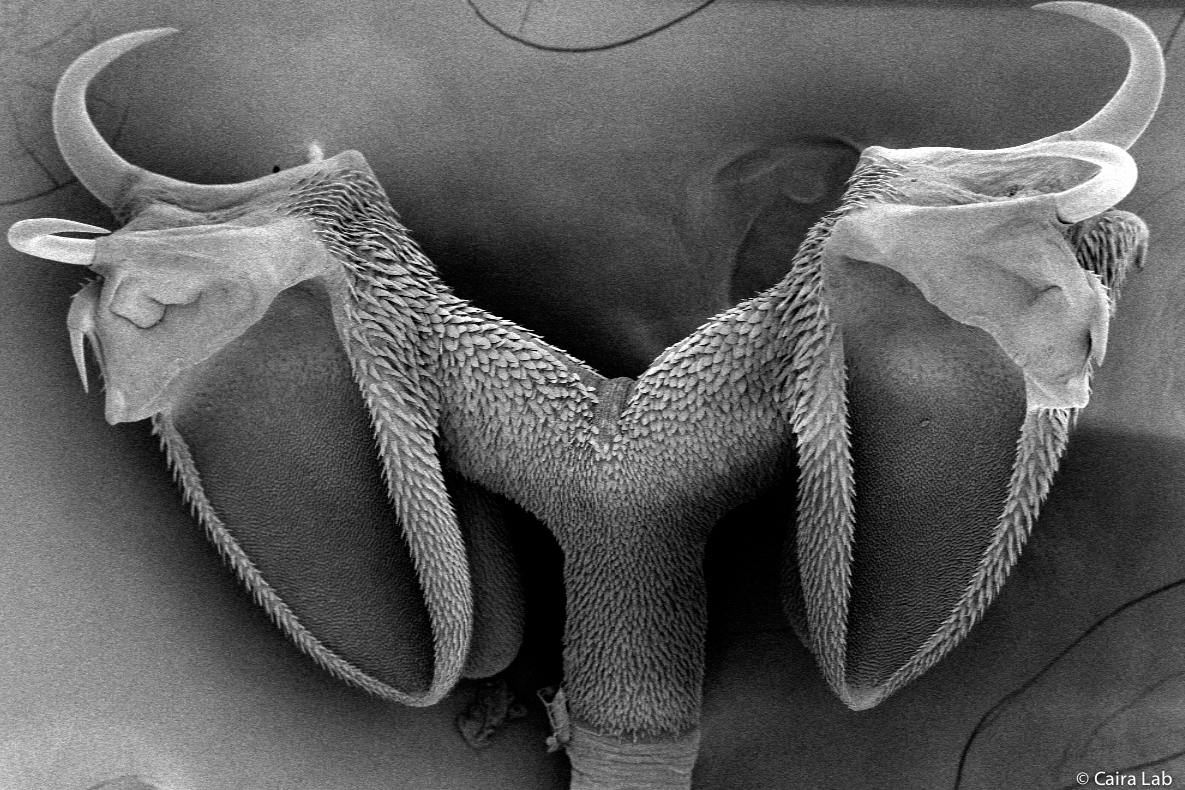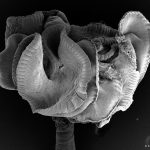
Anthocephalum hobergi from Ecuador, a parasite of Urobatis tumbesensis, also known as the Tumbes round stingray. (All images courtesy of the Caira Lab)
20171029-Pararh_like_EC6-1_sc2
Anthocephalum hobergi from Ecuador, a parasite of Urobatis tumbesensis, also known as the Tumbes round stingray. (All images courtesy of the Caira Lab)
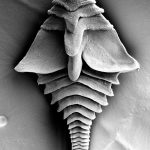
Litobothrium nickoli from Taiwan, a parasite of Alopias pelagicus, also known as the Pelagic thresher shark.
7_20171029-Lito_nickoli_TW102Gsc_ICE
Litobothrium nickoli from Taiwan, a parasite of Alopias pelagicus, also known as the Pelagic thresher shark.
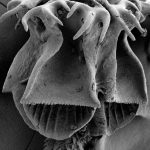
Phoreiobothrium jahki from Borneo, a parasite of an undescribed species of Rhizoprionodon or sharpnose shark.
tapeworm_ucmb170825b163
Phoreiobothrium jahki from Borneo, a parasite of an undescribed species of Rhizoprionodon or sharpnose shark.
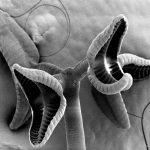
Rhinebothrium (undescribed species) from Baja Mexico, a parasite of Hypanus longus, also known as the Longtail stingray.
20171029-Rhine_BJ423E
Rhinebothrium (undescribed species) from Baja Mexico, a parasite of Hypanus longus, also known as the Longtail stingray.
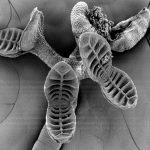
Rhinebothrium biorchidum, from the Cayman Islands, a parasite of Urobatis jamaicensis, also known as the Yellow stingray.
20171029-Rhine_SAB2CSC
Rhinebothrium biorchidum, from the Cayman Islands, a parasite of Urobatis jamaicensis, also known as the Yellow stingray.
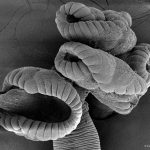
Sungaicestus kinabatanganesis from Borneo, a parasite of Urogymnus polylepis, also known as the Giant freshwater whipray.
20171029-Sangu_BO108M_sc7
Sungaicestus kinabatanganesis from Borneo, a parasite of Urogymnus polylepis, also known as the Giant freshwater whipray.
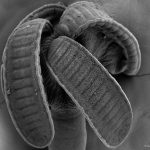
Scalithrium (undescribed species) from Australia, a parasite of Glaucostegus typus, also known as the Giant shovelnose ray.
20171029-Scalith_9827BSC
Scalithrium (undescribed species) from Australia, a parasite of Glaucostegus typus, also known as the Giant shovelnose ray.
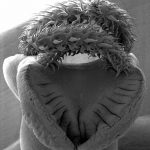
Paragrillotia similis from Florida, a parasite of Ginglymostoma cirratum, also known as the Atlantic nurse shark.
20171029-Tryp_Grillotia
Paragrillotia similis from Florida, a parasite of Ginglymostoma cirratum, also known as the Atlantic nurse shark.
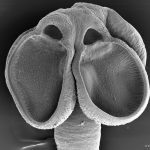
Undescribed genus and species from South Africa, a parasite of Holohalaelurus regani, also known as the Izak catshark.
20171029-Yamag_AF-5-Ysp5_sp1
Undescribed genus and species from South Africa, a parasite of Holohalaelurus regani, also known as the Izak catshark.
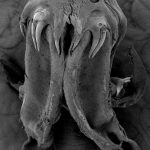
Acanthobothrium rodmani from Australia, a parasite of Urogymnus acanthobothrium, also known as the Mumburarr whipray.
2_20171029-Acanth_rodm
Acanthobothrium rodmani from Australia, a parasite of Urogymnus acanthobothrium, also known as the Mumburarr whipray.
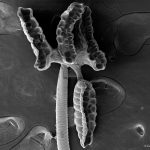
Barbeaucestus jockuschae from Borneo, a parasite of Neotrygon orientale, also known as the Oriental bluespotted maskray.
3_20171029-Barb_jocku
Barbeaucestus jockuschae from Borneo, a parasite of Neotrygon orientale, also known as the Oriental bluespotted maskray.
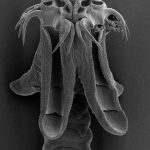
Calliobothrium wightmanorium from England, a parasite of Mustelus asterias, also known as the Starry smooth-hound shark.
4_20171029-Callio_zzUK57B_sc8
Calliobothrium wightmanorium from England, a parasite of Mustelus asterias, also known as the Starry smooth-hound shark.
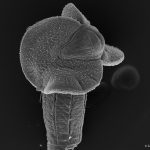
Andocadoncum meganae from South Africa, a parasite of Leucoraja wallacei, also known as the Yellow spotted skate.
6_20171029-Echino_AF26aScolex10kvLg11
Andocadoncum meganae from South Africa, a parasite of Leucoraja wallacei, also known as the Yellow spotted skate.
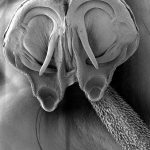
Platybothrium jondoeorum from Australia, a parasite of Carcharhinus melanopterus, also known as the Blacktip reef shark.
20171029-Platy jondo
Platybothrium jondoeorum from Australia, a parasite of Carcharhinus melanopterus, also known as the Blacktip reef shark.
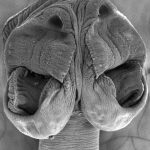
Undescribed genus and species from Australia, a parasite of Rhina ancylostoma, also known as the Bowmouth guitarfish.
9_20171029-Orallo
Undescribed genus and species from Australia, a parasite of Rhina ancylostoma, also known as the Bowmouth guitarfish.
